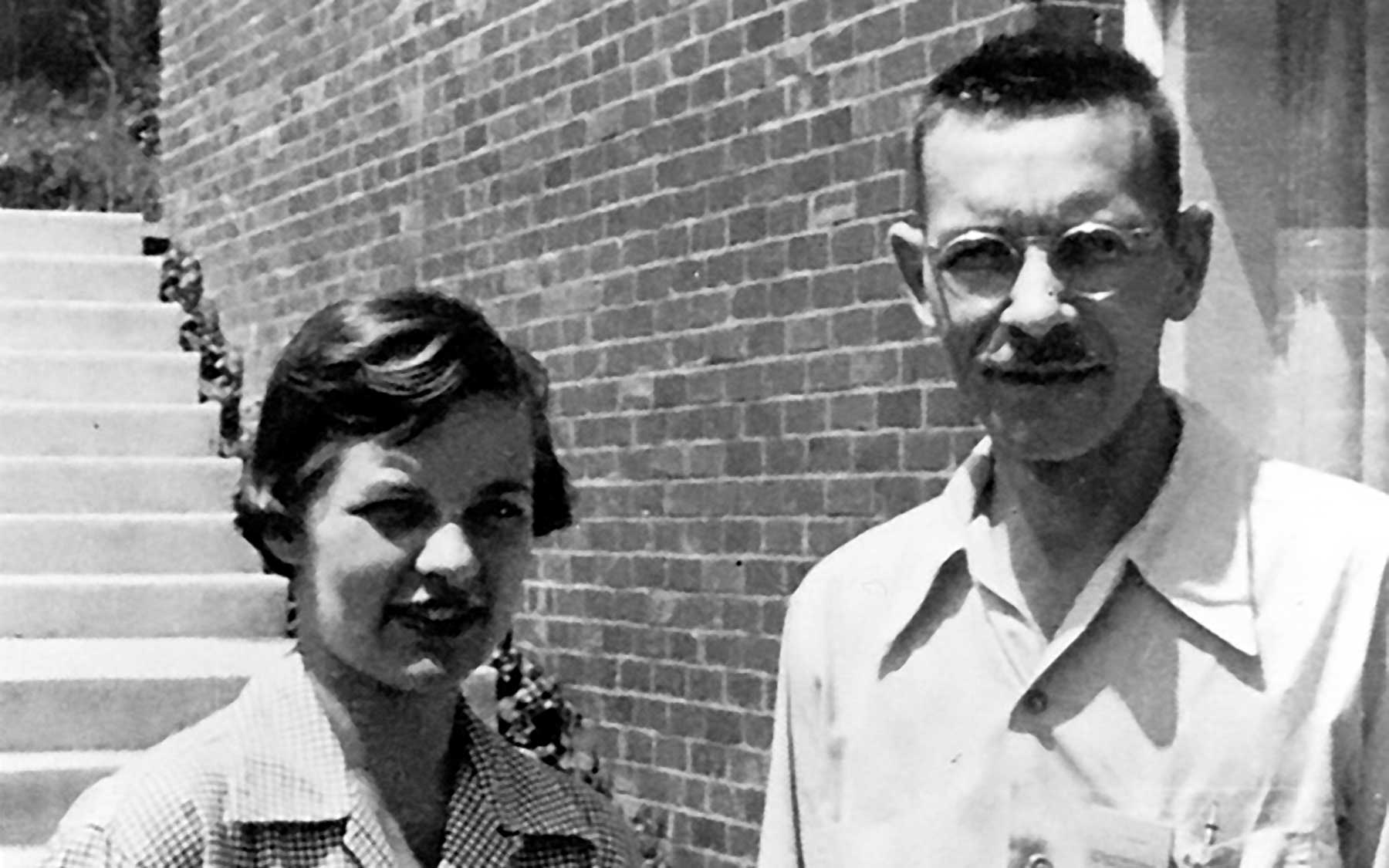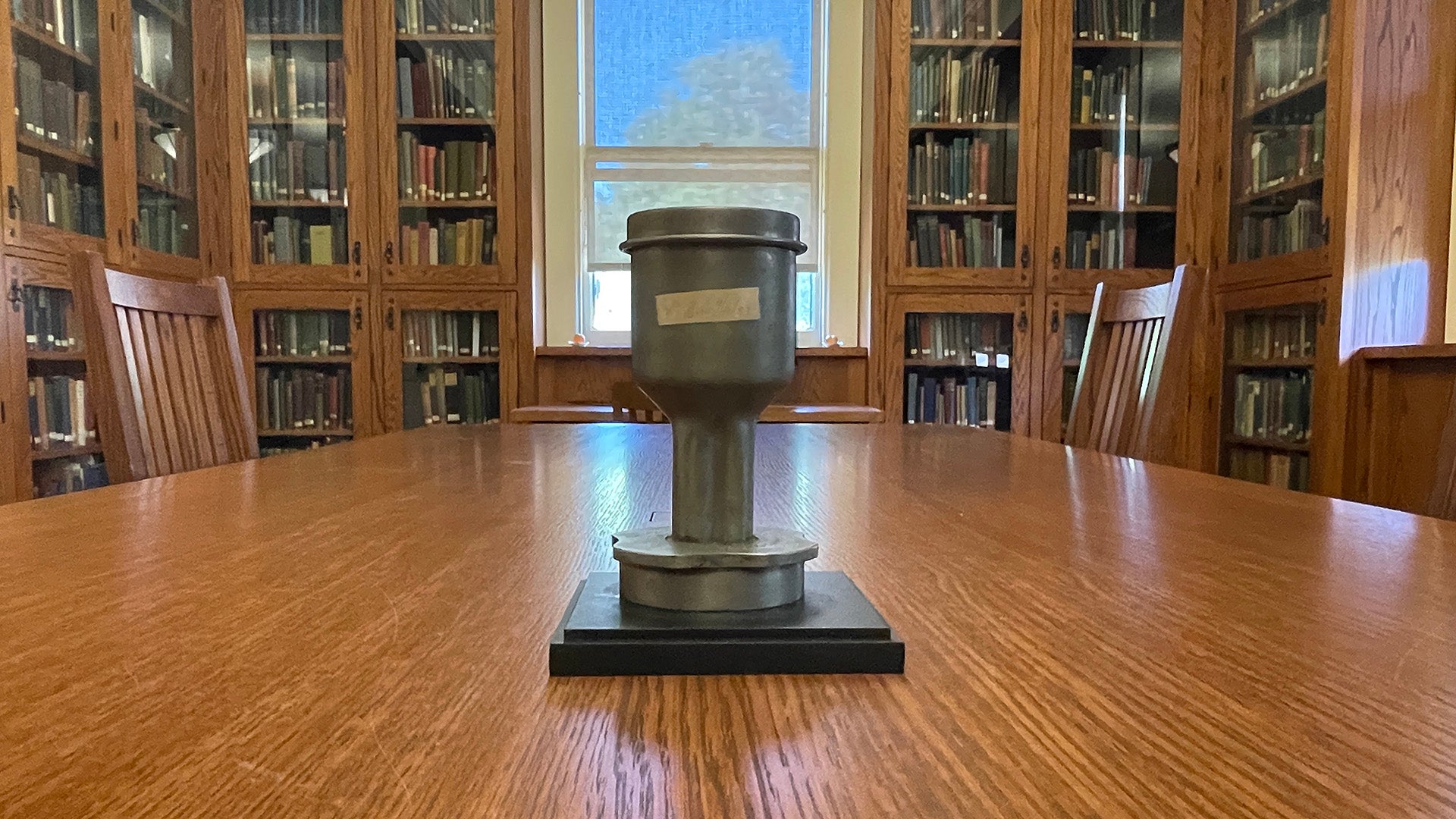In 1952, Cold Spring Harbor Laboratory (CSHL) was the site for one of the most famous experiments in the history of biology. At the Animal House—later renamed in honor of Nobel laureate Barbara McClintock—Alfred Hershey and Martha Chase were working with viruses called bacteriophages. The pair sought to confirm whether genes were made of DNA or protein. Their tool of choice? A Waring®-brand kitchen blender.
Although research in 1944 had shown DNA was the molecule of heredity, the question remained far from settled. Nearly a decade later, the Hershey-Chase, or “Waring Blender,” experiment removed all doubt. Genes are made of DNA. The work would help earn Hershey a share of the 1969 Nobel Prize in Physiology or Medicine with Max Delbrück and Salvador Luria.

In 1979, CSHL honored Hershey by dedicating a new building to the then-retired scientist. Today, the Alfred D. Hershey building is home to several arms of CSHL. These include the Meetings & Courses Program, Flow Cytometry and Microscopy Shared Resources, and Office of Diversity, Equity, & Inclusion.
At the building’s 2012 rededication, CSHL President and CEO Bruce Stillman spoke to Hershey’s continuing legacy. “The propagation of the latest techniques, technologies, and lab methods is central to the success of biology for scientists everywhere, at every stage of career development.”
And yet another critical piece of that legacy is this simple piece of kitchenware.
Nobel laureate Alfred Hershey discusses the Hershey-Chase experiment in a 1991 recording. Hershey served as the director of the Carnegie Institution of Washington Department of Genetics, a predecessor of modern-day CSHL, from 1962 until his retirement in the early ’70s.
Written by: Nick Wurm, Communications Specialist | wurm@cshl.edu | 516-367-5940
